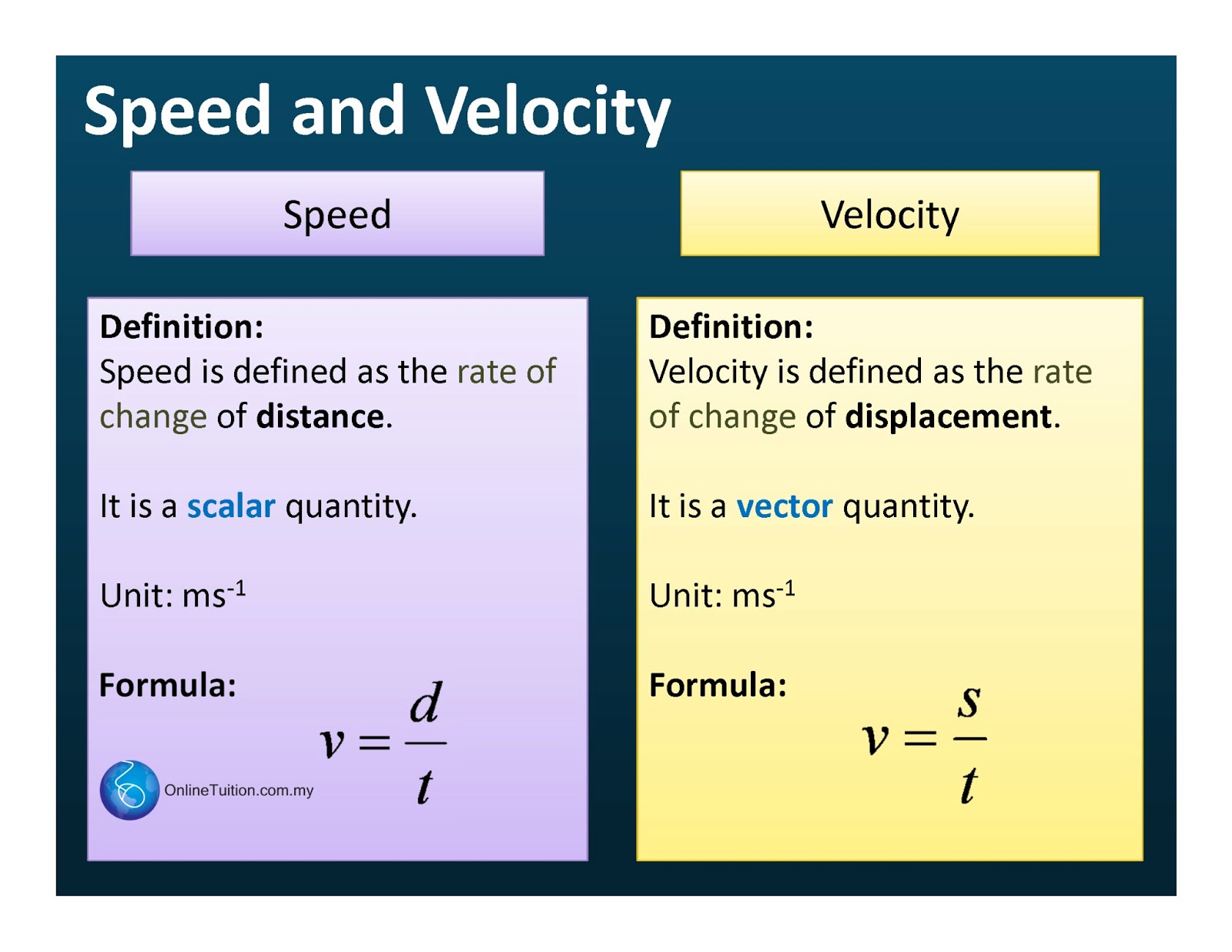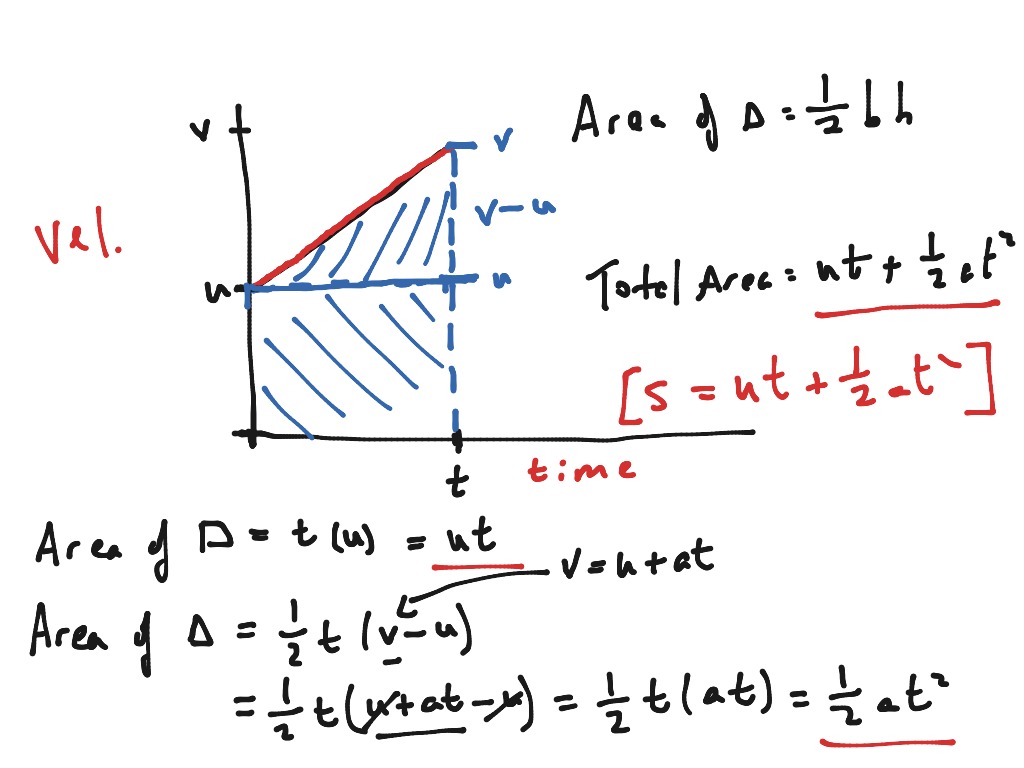

She showed how if an object travels from one point, a, to another, b, over a time, t, then the magnitude of speed is (b-a)/t or the change in distance over the change in time. The data tables below depict objects with constant and changing speed.In physics, my teacher asked us if the magnitude of speed and the magnitude of velocity were always the same. An object with a changing speed would be moving a different distance each second. This would be in stark contrast to an object that is changing its speed. If we could measure her position (distance from an arbitrary starting point) each second, then we would note that the position would be changing by 6 meters each second.

The runner would cover a distance of 6 meters every second. If her speed is constant, then the distance traveled every second is the same. For instance, a cross-country runner might be running with a constant speed of 6 m/s in a straight line for several minutes. That is, the object will cover the same distance every regular interval of time. Occasionally, an object will move at a steady rate with a constant speed. Moving objects don't always travel with erratic and changing speeds. Since the task of averaging speedometer readings would be quite complicated (and maybe even dangerous), the average speed is more commonly calculated as the distance/time ratio. You might think of the instantaneous speed as the speed that the speedometer reads at any given instant in time and the average speed as the average of all the speedometer readings during the course of the trip. Average Speed - the average of all instantaneous speeds found simply by a distance/time ratio.Instantaneous Speed - the speed at any given instant in time.Since a moving object often changes its speed during its motion, it is common to distinguish between the average speed and the instantaneous speed. Note that speed has no direction (it is a scalar) and the velocity at any instant is simply the speed value with a direction. So an airplane moving towards the west with a speed of 300 mi/hr has a velocity of 300 mi/hr, west. If an object is moving downwards, then its velocity is described as being downwards. If an object is moving rightwards, then its velocity is described as being rightwards. It would not matter whether the object is speeding up or slowing down. The direction of the velocity vector is simply the same as the direction that an object is moving. The task of describing the direction of the velocity vector is easy. Speed is a scalar quantity and does not keep track of direction velocity is a vector quantity and is direction aware.ĭetermining the Direction of the Velocity Vector This is one of the essential differences between speed and velocity. For instance, you must describe an object's velocity as being 55 mi/hr, east. One must include direction information in order to fully describe the velocity of the object. It would not be enough to say that an object has a velocity of 55 mi/hr. When evaluating the velocity of an object, one must keep track of direction. For certain, the person should never change directions and begin to return to the starting position. Every step must go into moving that person further from where he or she started. If a person in motion wishes to maximize their velocity, then that person must make every effort to maximize the amount that they are displaced from their original position. Since velocity is defined as the rate at which the position changes, this motion results in zero velocity.

Because the person always returns to the original position, the motion would never result in a change in position. While this might result in a frenzy of activity, it would result in a zero velocity. Velocity is a vector quantity that refers to "the rate at which an object changes its position." Imagine a person moving rapidly - one step forward and one step back - always returning to the original starting position. An object with no movement at all has a zero speed. Contrast this to a slow-moving object that has a low speed it covers a relatively small amount of distance in the same amount of time. A fast-moving object has a high speed and covers a relatively large distance in a short amount of time. Speed is a scalar quantity that refers to "how fast an object is moving." Speed can be thought of as the rate at which an object covers distance. Just as distance and displacement have distinctly different meanings (despite their similarities), so do speed and velocity.


 0 kommentar(er)
0 kommentar(er)
